Fishing the Maldives: Beauty Above and Below the Surface
The Maldives, an archipelago of 26 atolls comprising more than 1,000 coral islands in the Indian Ocean, represents one of the world’s most stunning fishing destinations. Crystal-clear turquoise waters house an extraordinary variety of marine life, while powder-white beaches and swaying palms create a paradise for anglers seeking both adventure and tranquility. The country’s unique geography—where land makes up only 1% of its territory—creates a special relationship between its people and the surrounding ocean, reflected in centuries-old fishing traditions and modern conservation efforts. Whether you’re casting from a traditional dhoni boat or exploring the depths on a deep-sea expedition, fishing in the Maldives offers an unparalleled experience where the beauty above the water rivals the splendor beneath it.
The Rich Maritime Heritage of Maldivian Fishing

Fishing has been the lifeblood of Maldivian culture for thousands of years, shaping everything from daily routines to national identity. Traditional methods passed down through generations relied on intimate knowledge of currents, weather patterns, and fish behavior—wisdom that modern anglers still benefit from today. Before tourism became the country’s primary industry in the 1970s, fishing constituted the main economic activity, with tuna fishing in particular providing both sustenance and livelihood for island communities. The traditional pole-and-line method of catching tuna, which remains in use today, exemplifies the Maldivians’ sustainable approach to harvesting the ocean’s bounty. These historic connections to the sea have created a culture where fishing is not merely recreation but a respected art form deeply woven into the fabric of Maldivian life.
Understanding Maldivian Fishing Seasons
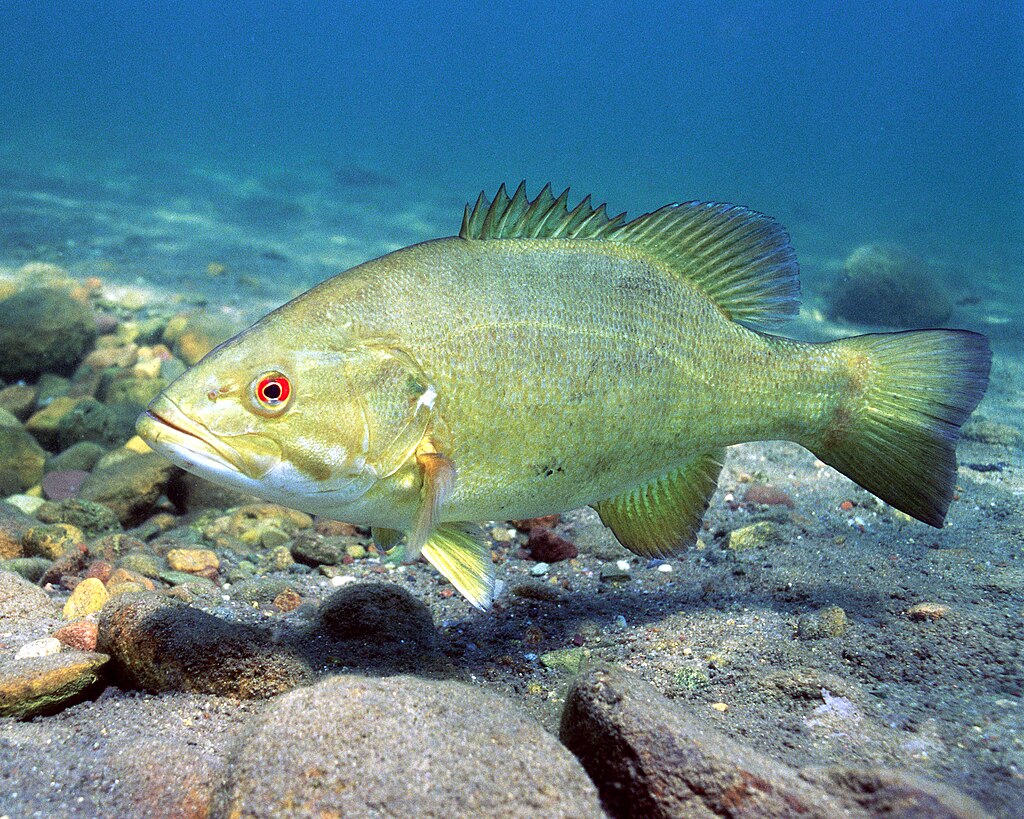
The Maldives experiences two distinct monsoon seasons that significantly impact fishing conditions throughout the year. The northeast monsoon (Iruvai), running roughly from December through March, generally offers calmer seas and clearer visibility, making it ideal for both fishing and underwater exploration. By contrast, the southwest monsoon (Hulhangu) from May to October brings stronger winds and occasional rain, but also creates nutrient-rich upwellings that attract large concentrations of pelagic species. Serious anglers often target the transitional periods between monsoons—especially April and November—when changing weather patterns trigger feeding frenzies among many prized game fish. Water temperatures remain relatively constant year-round between 26-30°C (79-86°F), creating a perpetually comfortable environment for both fish and fishermen regardless of season.
Big Game Fishing Opportunities
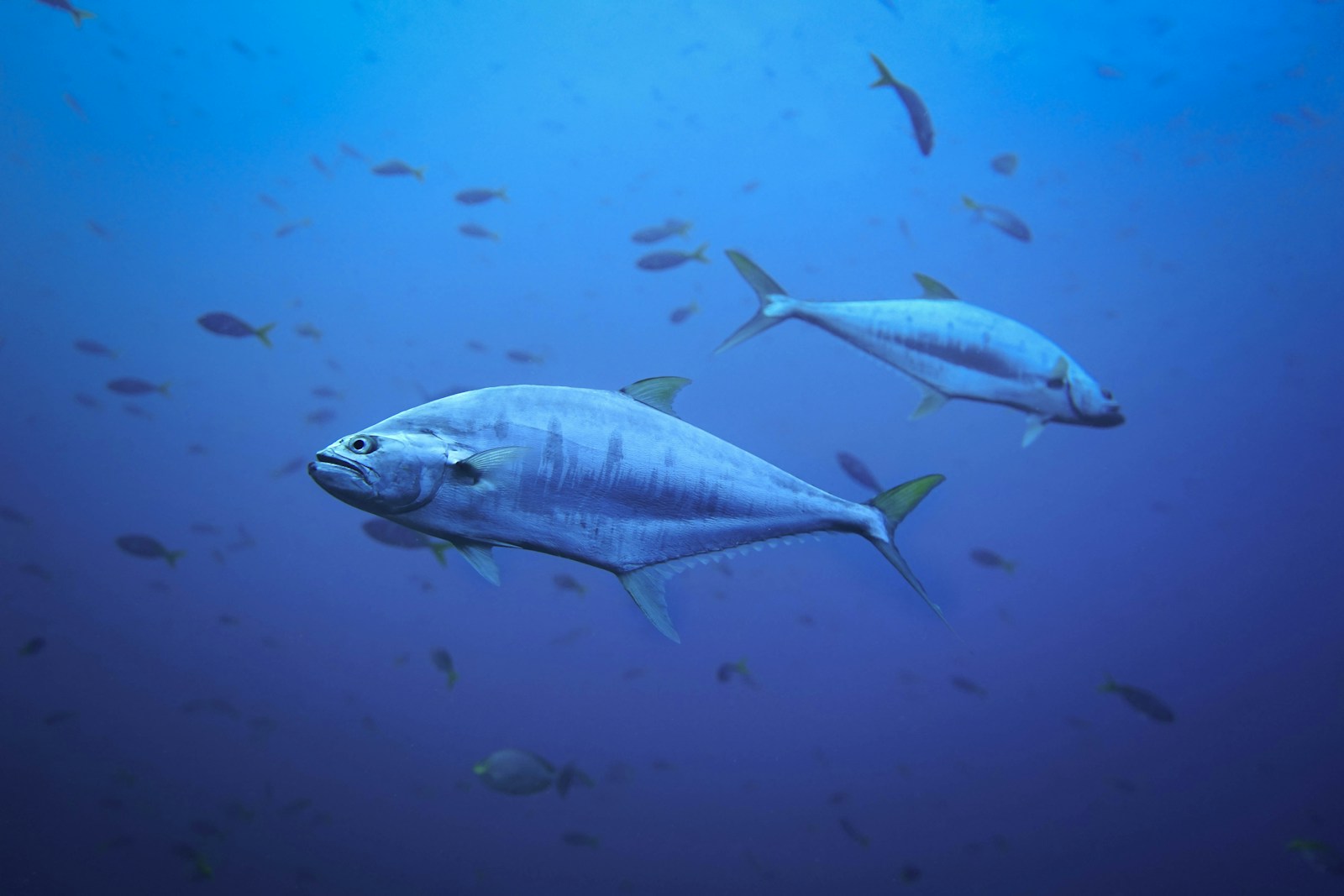
The deep waters surrounding the Maldivian atolls harbor some of the most coveted big game fish species in the world, drawing passionate anglers from across the globe. Massive yellowfin tuna, some exceeding 100 kilograms, patrol the edges of reefs and underwater channels, providing thrilling battles on heavy tackle. The acrobatic sailfish and the lightning-fast wahoo offer spectacular visual displays when hooked, often launching themselves completely out of the water in dramatic attempts to throw the hook. Perhaps most prestigious is the opportunity to battle the mighty blue marlin, with specimens in Maldivian waters sometimes approaching the 400-kilogram mark. Most resorts and fishing charters practice tag-and-release policies for billfish and other non-food species, ensuring these magnificent creatures remain available for future generations of anglers to encounter.
Traditional Pole-and-Line Fishing Experience

Experiencing traditional Maldivian pole-and-line fishing provides visitors with a fascinating glimpse into the sustainable practices that have supported local communities for centuries. This method, primarily used for catching skipjack and yellowfin tuna, involves spotting schools of fish, attracting them with live bait, and then using simple bamboo or fiberglass poles with short lines to catch fish individually. The technique requires remarkable skill and coordination as fishermen stand shoulder-to-shoulder along the boat’s rail, rhythmically casting and retrieving their lines in a synchronized dance. Beyond its cultural significance, this method has earned international recognition for its sustainability, as it produces virtually no bycatch and allows for selective harvesting of mature fish. Many resorts and local operators offer tourists the opportunity to join a traditional fishing vessel for a day, providing an authentic connection to Maldivian maritime heritage.
Reef and Bottom Fishing Adventures

The intricate coral reef systems encircling the Maldivian islands create perfect habitats for a diverse array of reef-dwelling fish, making bottom fishing particularly rewarding. Anglers can target species like red snapper, grouper, emperor fish, and the prized jewfish using relatively simple equipment and techniques accessible even to beginners. Fishing typically occurs in moderate depths between 30-100 meters, where bait is lowered to the reef or sandy bottom to entice these colorful and delicious species. Many resorts offer sunset reef fishing excursions where guests can catch their own, which the chef will then prepare according to local recipes or the guests’ preference. The satisfaction of enjoying a meal featuring fish you caught yourself, prepared with Maldivian spices, and served under the stars creates a memorable connection between the underwater world and culinary pleasures.
Night Fishing Under Maldivian Stars

As the tropical sun dips below the horizon, a different kind of fishing experience emerges in the Maldives that combines stellar celestial views with excellent angling opportunities. Night fishing expeditions typically depart around sunset, with boats venturing to nearby reefs where predatory fish become more active in the darkness. The traditional method involves simple handlines with baited hooks, dropped to specific depths where snappers, groupers, and jacks are known to feed after dark. The absence of light pollution in most areas of the Maldives means anglers enjoy their activity under a breathtaking canopy of stars, with the Milky Way often clearly visible stretching across the night sky. Many night fishing trips include the preparation of refreshments or even cooking some of the fresh catch onboard, allowing participants to enjoy the fruits of their labor while still on the water.
Jigging and Popping for Pelagic Predators

Modern sport fishing techniques like jigging and popping have gained tremendous popularity in the Maldives, offering high-energy fishing experiences that target aggressive predatory species. Jigging involves working metal lures vertically through the water column, often in deeper channels between atolls where currents concentrate baitfish and the predators that pursue them. This technique frequently produces encounters with giant trevally, dogtooth tuna, and rainbow runners—all known for their explosive strikes and powerful fights. Popping, on the other hand, uses large surface lures that create commotion resembling injured prey when “popped” across the surface, triggering spectacular topwater strikes from species like giant trevally and barracuda. The visual nature of these fishing methods, where anglers can often see their quarry attack the lure, creates an adrenaline-pumping experience that many consider the most exciting form of fishing available in Maldivian waters.
Conservation and Sustainable Fishing Practices

The Maldives has emerged as a global leader in sustainable fishing practices, recognizing that its marine resources require careful management to remain viable for future generations. The country achieved Marine Stewardship Council certification for its pole-and-line skipjack tuna fishery in 2012, becoming the first Indian Ocean nation to receive this important sustainability credential. Many resorts enforce strict catch-and-release policies for non-food species and set daily catch limits even for species traditionally kept for consumption. Conservation-minded anglers can participate in tagging programs that help scientists track migration patterns and population dynamics of important game fish. The Maldivian government has also established numerous marine protected areas where fishing is either prohibited or strictly regulated, creating sanctuaries where fish populations can thrive and replenish surrounding waters.
Luxury Fishing Charters and Equipment
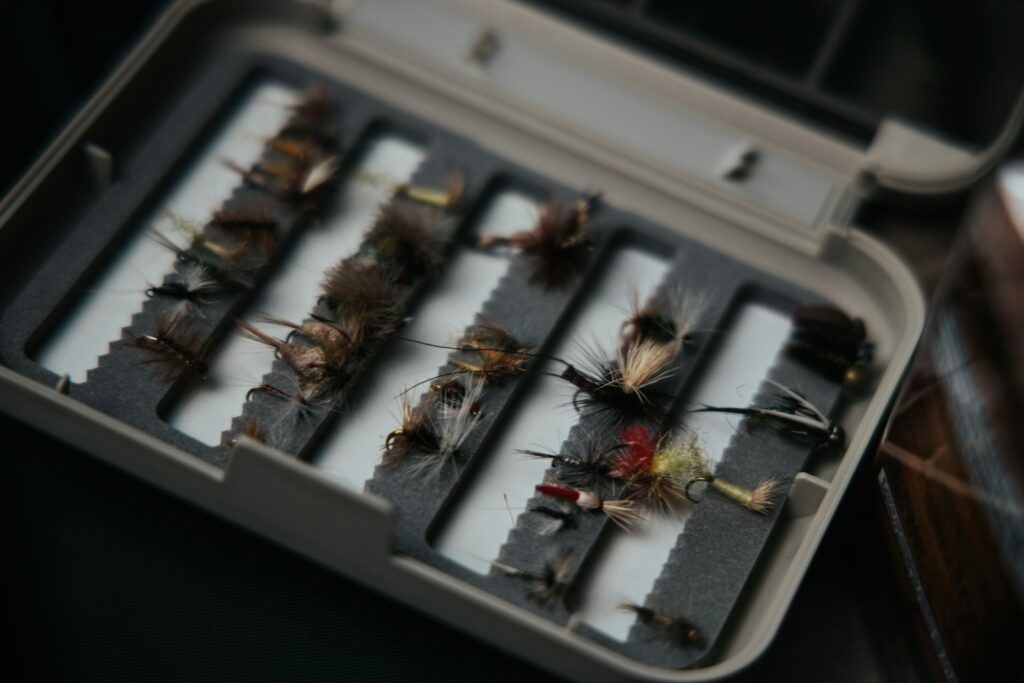
The Maldives’ reputation as a luxury destination extends to its fishing offerings, with high-end resorts and independent operators providing world-class charters equipped with the finest tackle and amenities. Many operations feature custom-built sport fishing vessels with the latest electronics, fighting chairs, and specialized equipment for targeting specific species in comfort. Premium tackle from manufacturers like Shimano, Penn, and Daiwa is typically standard issue, with expert crews knowledgeable about local conditions and fish behavior. The combination of top-tier equipment and local expertise maximizes guests’ chances of success while ensuring safety and comfort throughout the excursion. For the ultimate experience, several operators offer multi-day liveaboard fishing expeditions that allow anglers to access remote areas rarely fished, increasing the odds of exceptional catches and providing a more immersive adventure.
Combining Fishing with Underwater Exploration
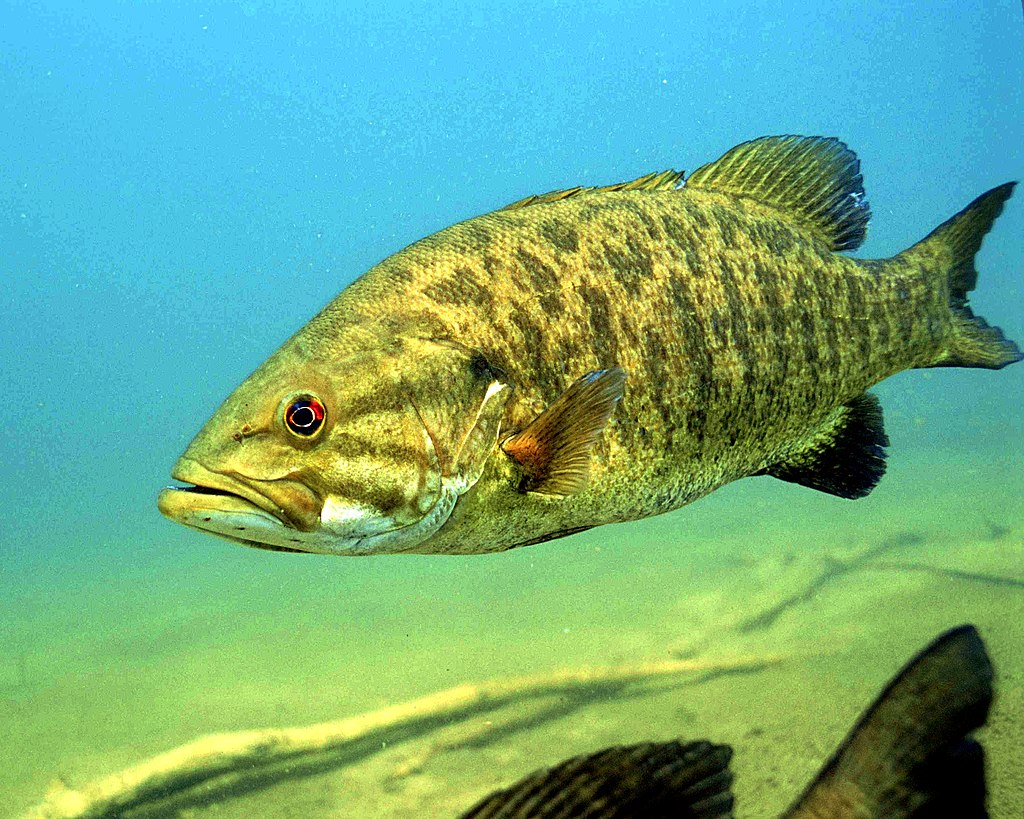
One of the Maldives’ unique advantages as a fishing destination is the opportunity to alternate between angling and exploring the underwater world through snorkeling or diving. Many fishing charters include snorkeling stops at pristine reefs, allowing anglers to observe the very ecosystems that support their quarry. This dual perspective creates a deeper appreciation for marine life and the complex relationships between species and habitats. Some resorts offer specialized packages combining guided fishing trips with scuba diving excursions, creating a comprehensive ocean experience that appeals to adventure-minded travelers. Underwater photographers find particular value in this combination, as they can document both their fishing triumphs and the spectacular underwater landscapes and creatures they encounter during the same trip.
Family-Friendly Fishing Experiences
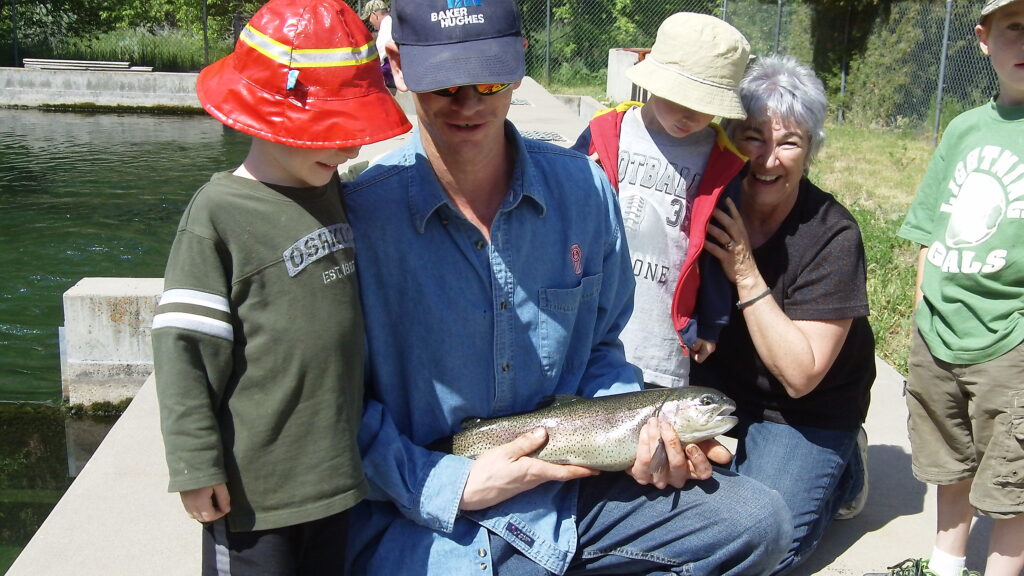
The Maldives offers excellent opportunities for introducing children and beginners to the joys of fishing in a spectacular natural setting. Many resorts design specific family fishing programs with shorter excursions, lighter tackle, and targets appropriate for younger or less experienced anglers. These trips often focus on reef fishing from anchored boats, where consistent action from smaller species keeps children engaged without requiring technical skill or extended patience. Educational components frequently accompany these family outings, with guides explaining marine ecology, fish identification, and conservation principles in accessible ways. The combination of relatively calm waters, comfortable boats, and knowledgeable guides creates an ideal environment for multi-generational fishing adventures that create lasting family memories.
Culinary Delights: From Hook to Plate
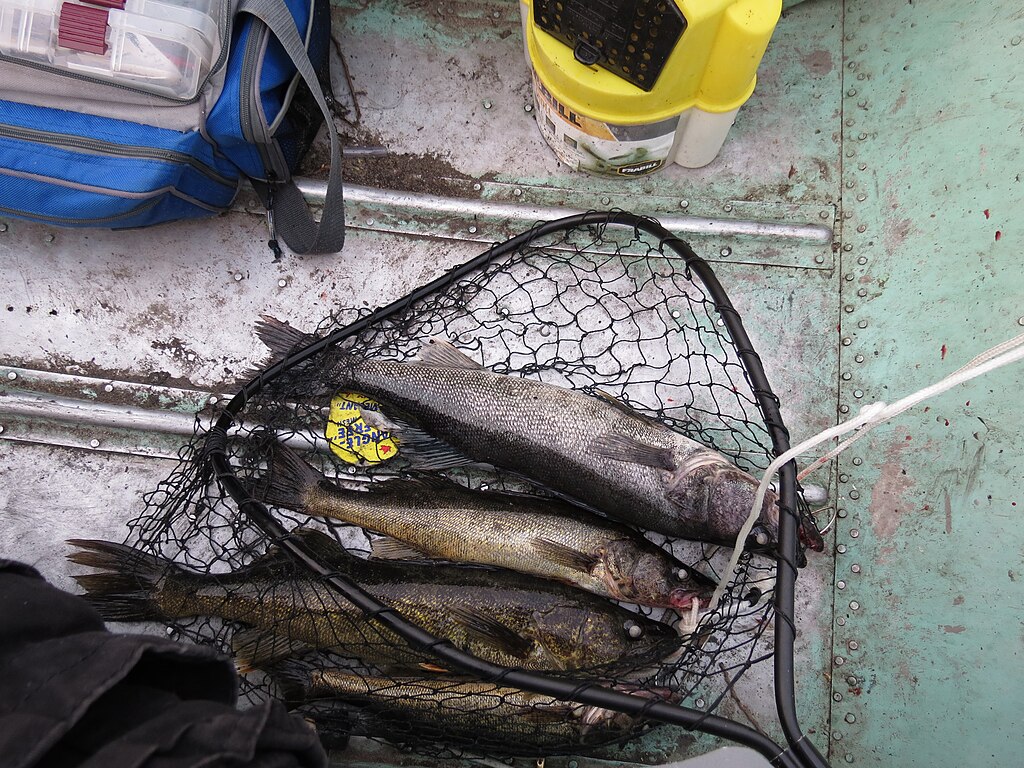
The gastronomic aspect of fishing in the Maldives represents one of its most satisfying dimensions, as the day’s catch transforms into exquisite meals prepared by skilled chefs. Many resorts offer “hook to plate” experiences where guests can participate in the entire journey of their seafood, from catching and cleaning to cooking and consuming. Traditional Maldivian preparations often feature tuna as the centerpiece, prepared with coconut, curry leaves, and local spices in dishes like mas huni (shredded smoked tuna with coconut) or garudhiya (clear fish broth). Resort chefs also excel at international preparations, from Japanese sashimi utilizing the exceptionally fresh reef fish to Mediterranean-style grilled snappers with local herbs and lime. The experience of enjoying a sunset dinner featuring fish you caught yourself, prepared by expert hands, and served in a stunning oceanfront setting, creates a perfect culmination to a day spent on Maldivian waters.
Planning Your Maldivian Fishing Adventure

Creating a successful fishing expedition to the Maldives requires thoughtful preparation to maximize both angling opportunities and overall enjoyment of this remarkable destination. Research which resorts specialize in fishing programs, as facilities vary dramatically—some offer comprehensive packages with dedicated boats and expert guides, while others treat fishing as an occasional activity with limited support. Consider timing your visit based on target species and preferred fishing techniques, consulting fishing calendars that track seasonal migrations and peak periods. Pack essentials like high-SPF sunscreen, polarized sunglasses, and lightweight clothing with UV protection, as the tropical sun reflects intensely off the water. Most importantly, arrange necessary fishing permits and familiarize yourself with local regulations before arrival, as the Maldives enforces various conservation measures including catch limits, protected species, and restricted areas—all designed to preserve the extraordinary marine environment that makes this destination so special for present and future generations of anglers.
Conclusion
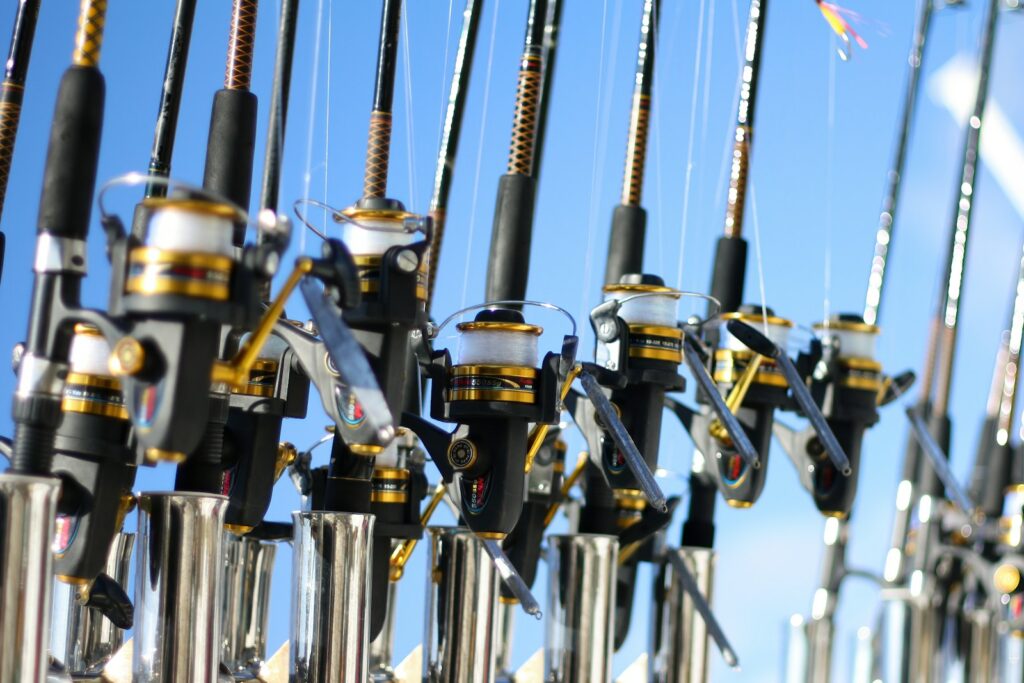
The Maldives offers anglers an unparalleled combination of world-class fishing opportunities set against a backdrop of breathtaking natural beauty. From traditional techniques passed down through generations to cutting-edge sport fishing targeting trophy gamefish, these islands provide experiences to satisfy every fishing enthusiast. What truly distinguishes the Maldives, however, is how fishing becomes merely one facet of a broader connection with the marine environment, where you might battle a giant trevally in the morning, snorkel alongside manta rays at midday, and dine on your catch under the stars come evening. This holistic ocean experience, delivered with the Maldives’ signature blend of luxury and authenticity, creates fishing memories that extend far beyond what’s measured on the scale or captured in photographs. As climate change threatens these low-lying islands and their surrounding waters, responsible angling practices become ever more important, ensuring that the magnificent fishing opportunities of the Maldives remain available for generations to come.
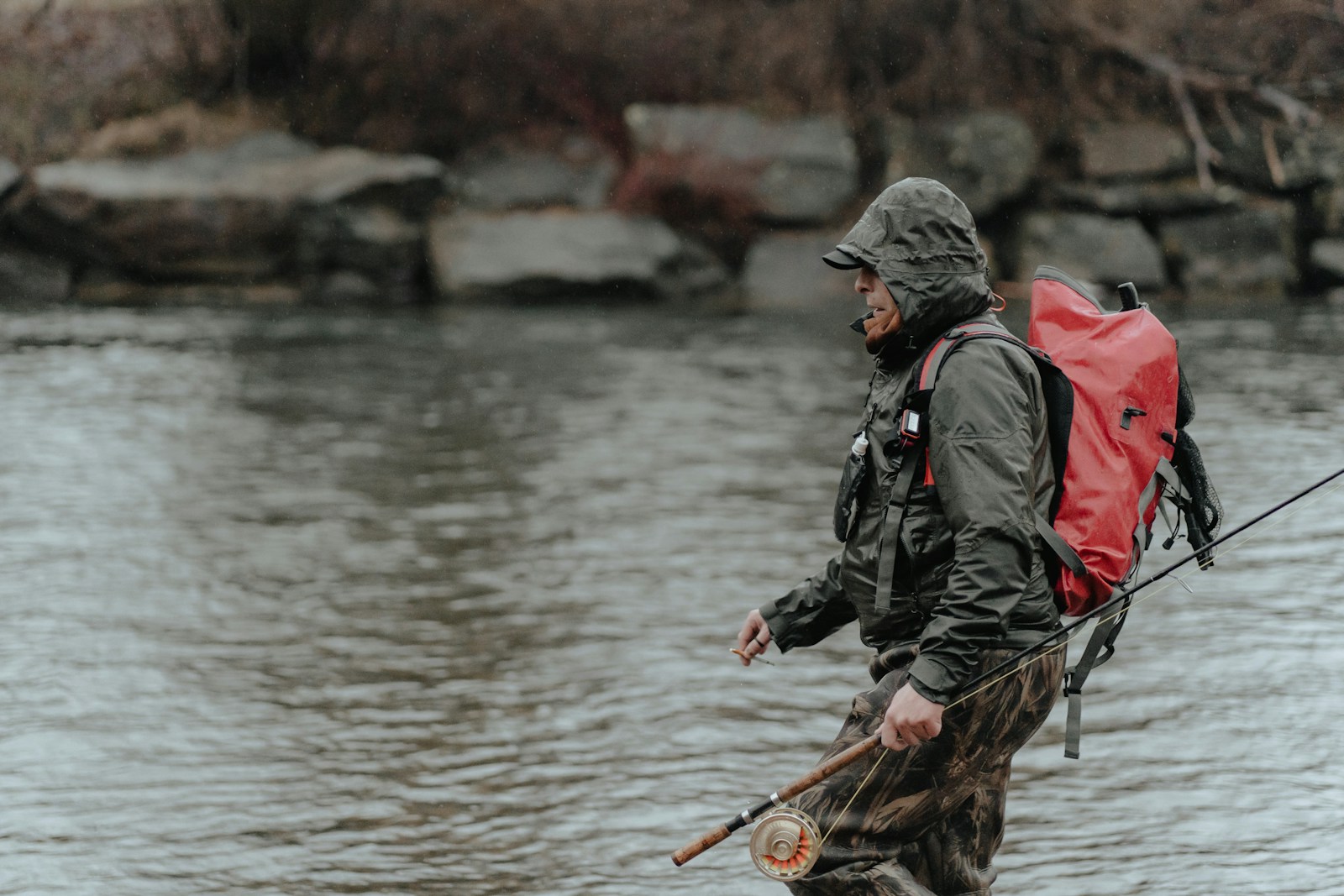
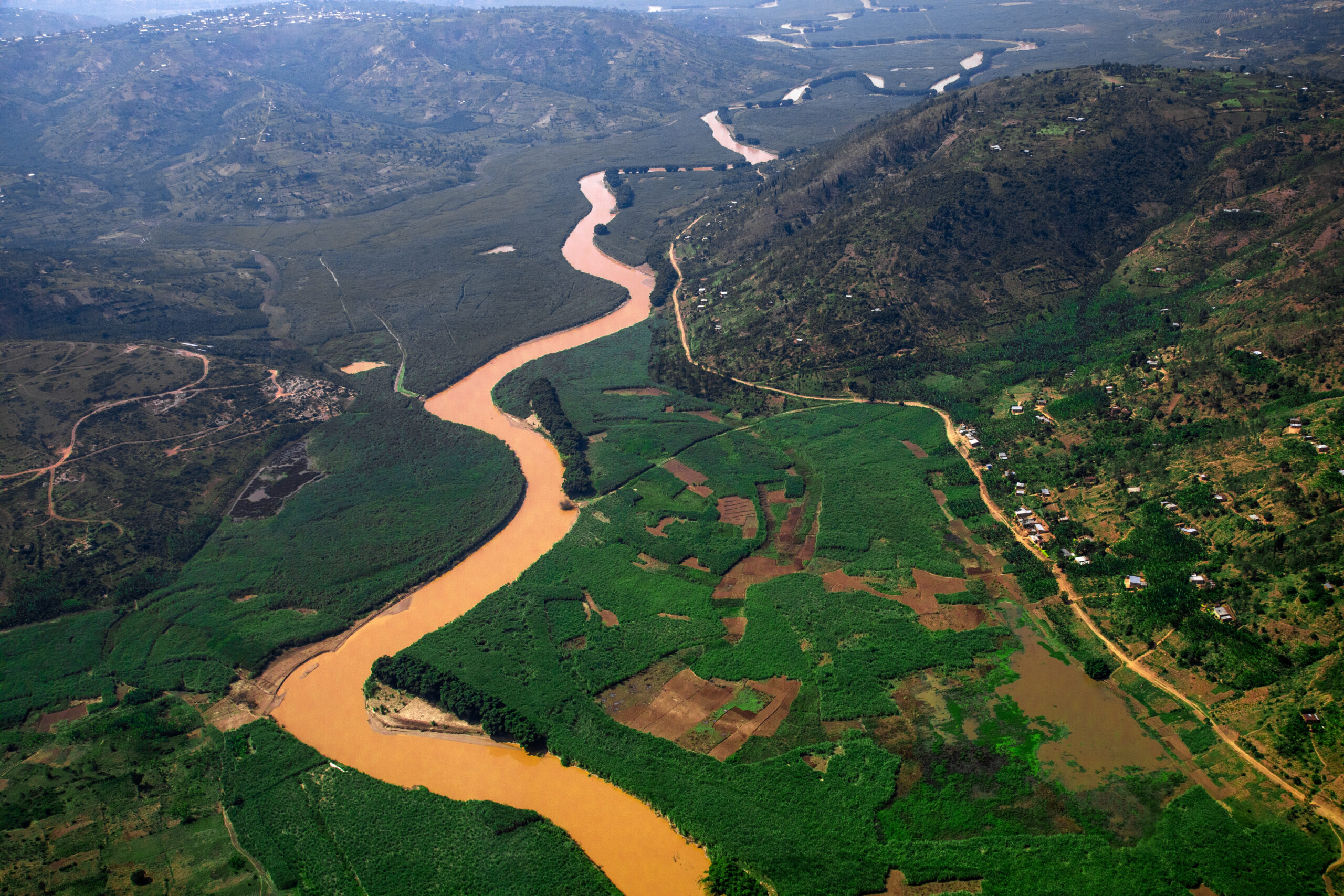












Post Comment